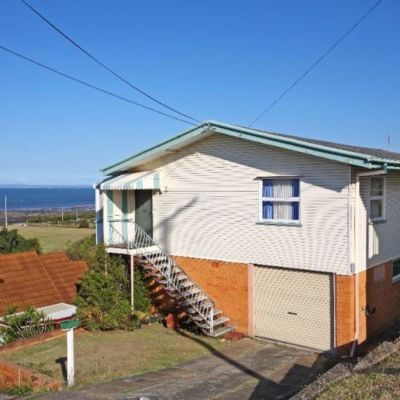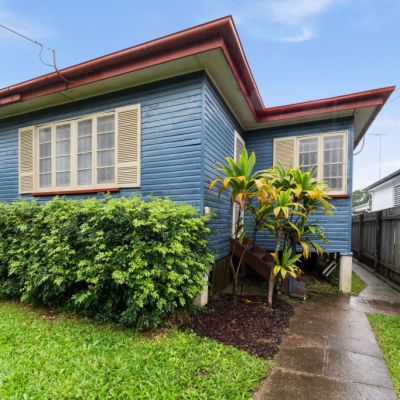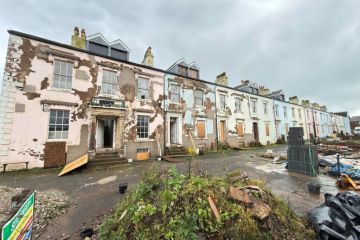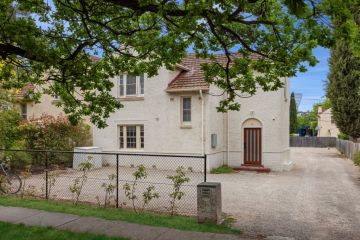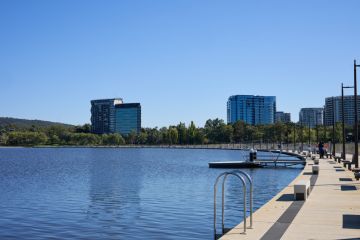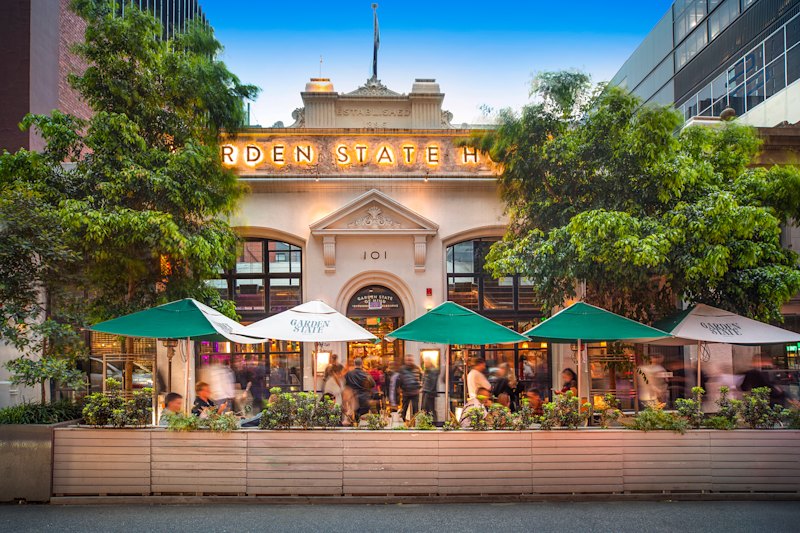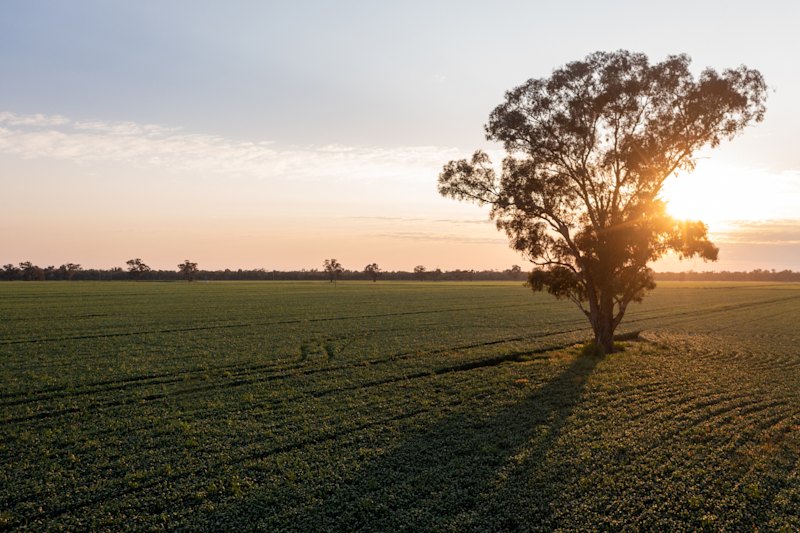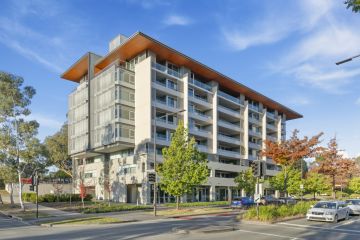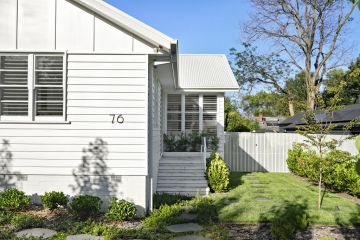The luxury suburbs where the most expensive homes are through the roof
The gap between top-end house prices and the affordable end of the market has narrowed over the past three years, new analysis shows, but some neighbourhoods remain deeply unequal.
In September 2021, the top end of Australia’s property market – worth $1.12 million at the time – was more than 2.3 times as high as the lower end, worth about $494,000, Ray White research found.
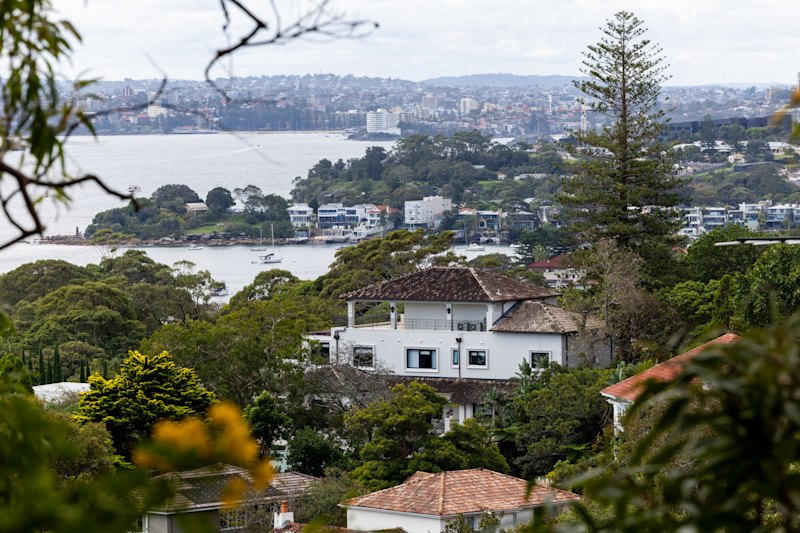
Then interest rates jumped and limited how much money potential buyers could borrow. More buyers turned their search toward affordable properties, increasing competition and pushing up prices at the lower end.
The gap between either end of the market narrowed to 1.9 times. Now, a house at the upper end, or top 25 per cent, of the market, costs 15 per cent more at $1.29 million. The lower end jumped in price by 35 per cent to $667,000.
That left the national property market more equal, but not necessarily more affordable, after the prices of affordable properties were pushed up.
Ray White senior data analyst Atom Go Tian said the property market has become more equal across Australia, which is not the same thing as becoming more equal within one city or one suburb.
“If you were living in Adelaide or Perth 10 years ago, it would have been impossible for you to move to Melbourne, or even Sydney,” he said.
Now, Sydney is still the most expensive, then there is a cluster of cities where the median house prices are about $1 million.
He found that within cities, some suburbs had a wide price divergence between the most expensive and least expensive houses in that suburb.
The most unequal suburbs are largely luxury suburbs, where prices for the most expensive houses are sky-high, the research found.
“It almost feels as if it’s segments within luxury that’s causing the disparity,” he said. “There’s nice houses, then there’s grand houses, then there’s mansions.
“The reason why luxury suburbs appear so much in the list is there’s no ceiling to luxury. Whereas affordable houses, there’s a ceiling. You go up to $750,000 and beyond that it’s not affordable anymore.”
The analysis excludes apartments, which could mean the price gaps in some of these areas are even wider.
The most unequal location was inner Melbourne’s South Yarra (north) pocket, where the upper end starts from $2.85 million compared to a lower end of $1.1 million.
South Yarra (west) made the list, along with Toorak which had a lower end of $2.92 million and an upper end of $5.8 million, although in practice, its most expensive house sold for more than $100 million.
In Sydney, the Potts Point – Woolloomooloo neighbourhood was the least equal (upper end of $3.62 million, lower end of $1.77 million), alongside Double Bay – Darling Point (upper end of $6.87 million, lower end of $3.4 million). Former garbo-turned-yacht broker Ian Malouf, for example, bought two beachfront houses in Double Bay for $61 million in 2021.
Brisbane’s Hamilton and Ascot, and Perth’s Mosman Park – Peppermint Grove also made the list.
Go Tian said some cities have wider internal price gaps than others. Sydney’s price gap is 2.1 times between the high and low end, but Melbourne is 1.9 times.
Brisbane, Perth, Adelaide and Canberra have gaps between 1.5 and 1.7 times.
“Unfortunately for Sydney if you are a first home buyer starting out in the west it’s going to be very difficult to move east,” he said. He thought Melbourne would be easier.
Westpac senior economist Matthew Hassan agreed that middle and lower-tier property markets had outperformed more expensive locales in recent years.
Top-tier markets in Sydney and Melbourne had been in a shallow downturn until the start of this year, he added.
“I don’t think that can equate to an improvement in affordability,” he said. “Every buyer that’s pushing down the price curve is another buyer that’s having to delay house purchase, or not being able to purchase. It runs the risk of inflaming rents.”
Upgraders were an exception, he said, as they could take advantage of a closer spread between the value of their home and the home they intend to buy.
“That gap is narrowing. I suspect it’s still not great.”
AMP chief economist Shane Oliver said affordability had become worse for entry-level buyers over the past few years as they had to compete with more affluent buyers whose budgets were crunched.
“People coming down from the upper end have pushed up lower-end prices, which was a logical response for them, but then makes it harder for new entrants to get into the property market,” he said.
“The upper end didn’t fall enough to make it easier for lower-income people, first home buyers.
“In terms of the affordability problem, it didn’t make things any better.”
We recommend
States
Capital Cities
Capital Cities - Rentals
Popular Areas
Allhomes
More
- © 2025, CoStar Group Inc.
